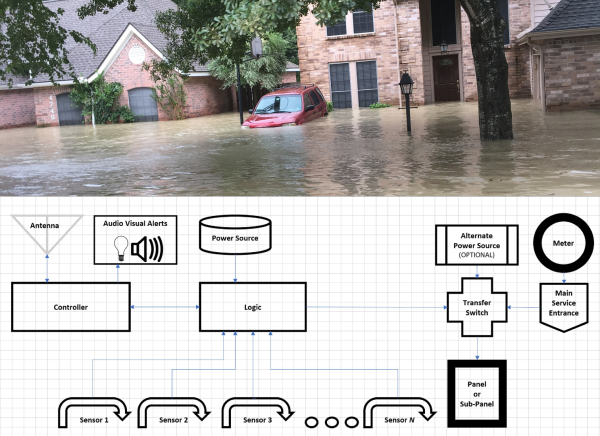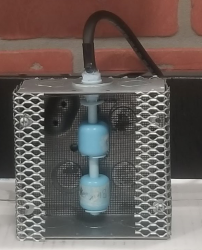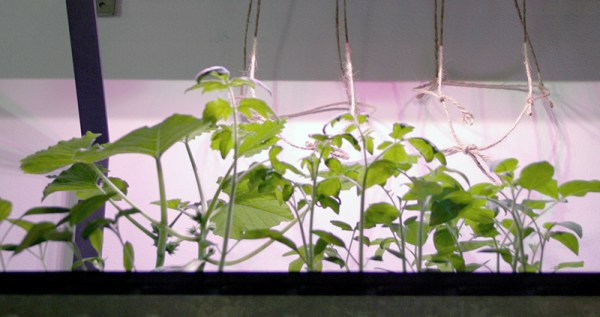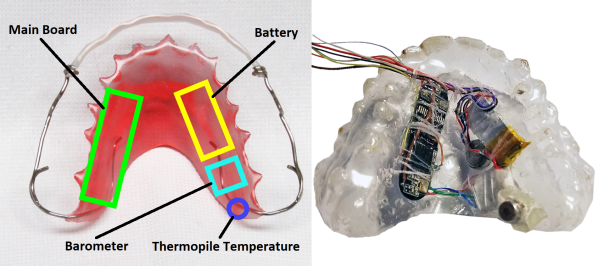For his Hackaday Prize entry, [TegwynTwmffat] is going all-in on autonomous robotics. No, it’s not a self-driving car with highly advanced features such as cruise control with lane-keeping. This is an autonomous robot that’s capable of driving itself. It’s a robot built for agriculture, and relative to other autonomous robotics projects, this one is huge. It’s the size of a small tractor.
The goal [Tegwyn]’s project is to build a robot capable of roving fields of crops to weed, harvest, and possibly fertilize the land. This is a superset of the autonomous car problem: not only does [Tegwyn] need to build a chassis to roll around a field, he needs accurate sensors, some sort of connection to the Internet, and a fast processor on board. The mechanical part of this build comes in the form of a rolling chassis that’s a bit bigger than a golf cart, and electrically powered (although there is a small Honda generator strapped to the back). The electronics is where this gets really interesting, with a rather large board built to house all the sensor and wireless modules, with everything controlled by a TC275, a multicore, 32-bit microcontroller that also has the world record for solving a Rubik’s cube.
Already, [Tegwyn] has a chassis and motor set up, and is already running some code to allow for autonomous navigation. It’s not much now — just rolling down a garden path — but then again, if you’re building a robot for agriculture, it’s not that hard to roll around an open field. You can check out a video of the bot in action below.























